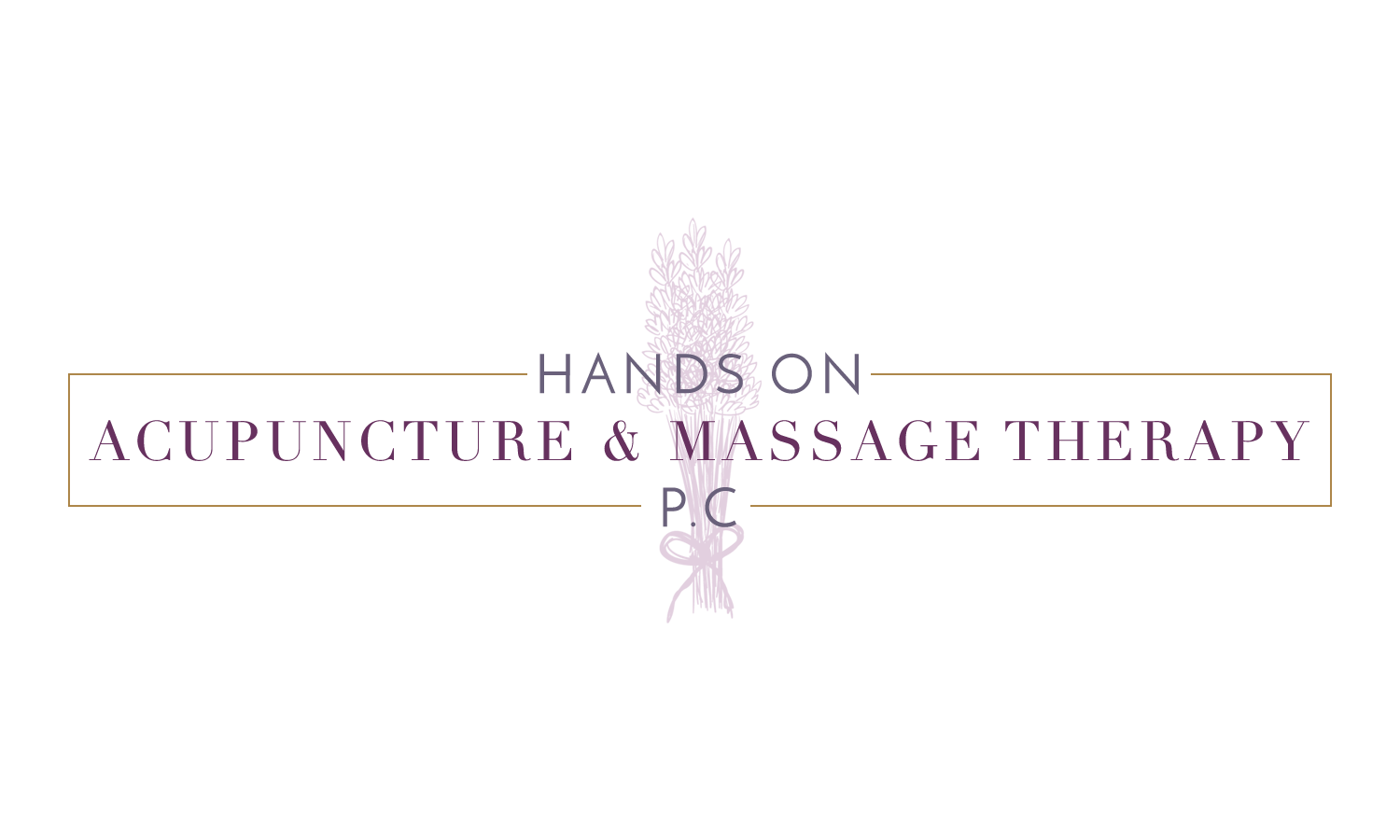

Acupuncture treatments range from 30-90 minutes
Auricular (ear) Acupuncture are 30 minutes
Acupuncture
This includes Acupuncture and E-Stim
involves the use of sterile, one time use stainless steel fine needles that are placed in specific areas of the body called acupuncture points. These points are linked to individual meridians, or pathways in which Qi flows. The pathways follow a separate system but have a connection to the autonomic nervous system. When an acupuncture needle stimulates a certain point, it sends a signal to the brain, and a combination of neurotransmitters may be released, including serotonin, norepinephrine, and epinephrine to help the body to relax, hurdle any pain related to a condition, and reprogram the body to create a pathway for healing. Acupuncture can also be used as a preventative to disease. What acupuncture tries to achieve is a healthy flow of Qi within the pathways of the body, and a balance of the autonomic nervous system. The Acupuncturist, after diagnosing and identifying patterns in a patient will choose a custom combination of points that serve distinct functions in treating the constitutional, and symptomatic patterns in a patient. Local and/or distal points may be chosen. Various Acupuncture stimulation techniques may be used in order to create a different effect or outcome. The combination of points that are selected are custom to the patient and pattern. Acupuncture can prevent and treat a list of various conditions and diseases. See our site for a more extensive list.
Electrical Stimulation (E stim) is a treatment that is used in conjunction with acupuncture to help the breakdown of muscle fibers, increase circulation, reduce pain and to create a stronger more lasting treatment. This technique is most often used on patients that come in with pain, or have muscle fatigue or tightening. It involves electrodes that are clamped directly on 2 or more selected needles and are stimulated during the whole length of the acupuncture session.
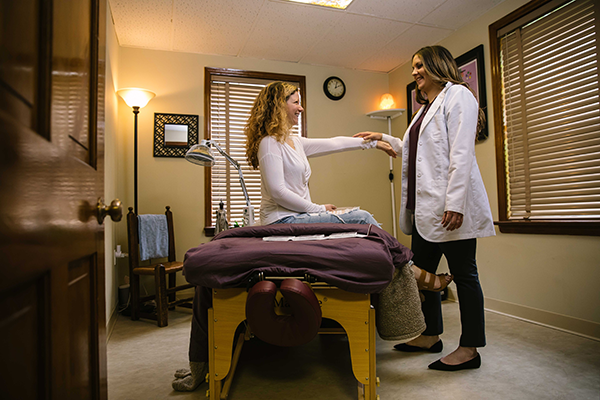
NAET treatments range from 30-90 minutes
NAET
NAET is a form of medicine that addresses allergies and sensitivities. NAET may help to clear any sensitivities to an allergy after just one treatment.
Everyone can experience an allergy or sensitivity in a different way. Some may experience rashes, some develop headaches, some have mucus build up. Some may experience a reaction to an allergy with pain, or acid regurge. Some may have several sensitivities, that when combined together will give a more serious reaction.
The way we eat, how we deal with stress, and the amount of rest we get all play a role in how an allergen/sensitivity can affect us. An allergen/sensitivity will usually attack the weakest part of our system first.
NAET utilizes a series of treatments to help to boost the body’s immune system and clear an allergen by slowly desensitizing the body of particular substances.
NAET stands for Nambudripad’s (a woman’s name) Allergy Elimination Technique and it is a technique that utilizes the combination of acupuncture/acupressure points, kinesiology, chiropractic spine sets , and elimination diets.
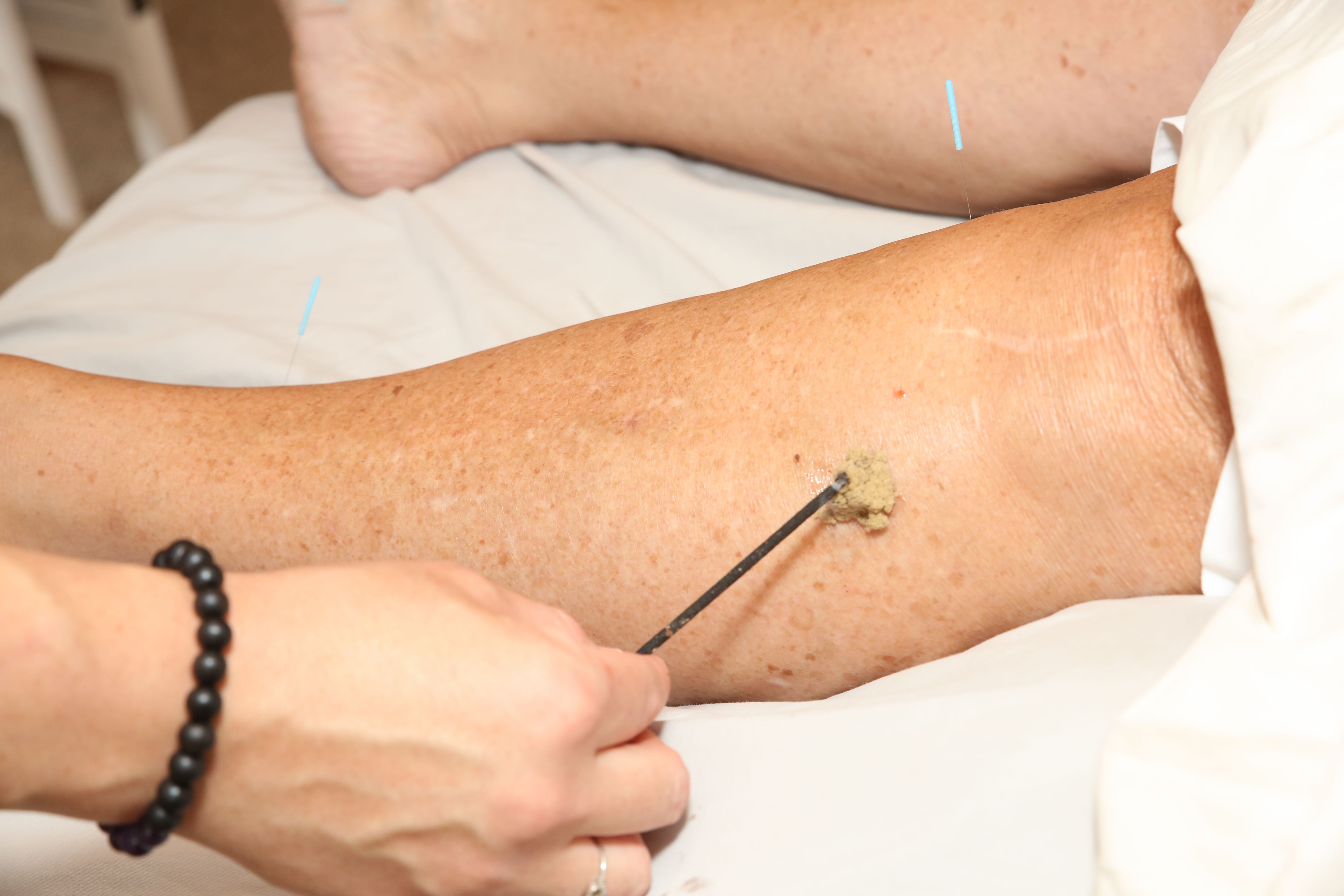
Chinese Herbal Medicine
This includes Chinese Herbal Formulas Moxibustion and Diet Therapy
Chinese Herbal Medicine is when a TCM herbal practitioner will prescribe a specific combination of Chinese herbs to an individual. Very rarely will you see one specific herb prescribed, as the way this medicine works is by combining the herbs within an herbal formula. Herb combinations are chosen based on function, taste, and which organs the herbs travel to. Each herb serves as having a certain function, and when combined with other herbs will have different effects. Certain herbs will serve as chief herbs, others as assistants, and also envoy herbs that will guide other herbs to effect certain areas of the body. Other herbs will help with with balancing any toxicity in certain herbs. A TCM herbalist will know the functions, tastes, and range of doses that are safe for an individual. When it comes to Chinese herbal medicine it is important to have your formula prescribed by a trained Chinese Medicine Herbalist, as this medicine is an individualized medicine, certain combinations of herbs that are safe for one individual may not be considered safe to another individual, even if the same condition is being treated. There are 4 types of herbal methods that may be prescribed to you.
- Raw Herbs: these are the herbs in their purest form, and are the leaves, roots, branches and parts of the herbs that are cooked and the essence is extracted to make a tea that a patient will drink 2-3 times per day. This is the best and most potent way to utilize Chinese herbs, but it is the least user friendly, as it is time consuming and leaves more room for error in the cooking process. Also people that are not used to certain tastes may have a hard time taking the herbs in this form.
- Powder Herbs: This is a combination of herbs that are processed and broken down into a powder form. They can be taken straight or mixed in hot water to drink. This is more convenient than the raw form, but also may have an unpleasant taste.
- Pill form: this is when the herbs are broken down and formed into a pill, similar to a vitamin, or capsule, this is the most popular form of chinese herbal medicine in our practice because you are able to ingest the herbs without tasting them., and it is convenient to keep the bottle with you while you travel. The only drawback with this form is that you are not able to customize the dosage of individual herbs, you are limited to what the manufacturer creates.
-
- Tea pills: These are small processed herbs that are formed into small black beads, they are used much like the pill form. They are coated to help to preserve them.
All of the herbs that are prescribed in our practice are sourced from reputable dispensaries that test for heavy metals, pesticide residues, and microbial contamination.
Moxibustion (Moxa) is an herb translated to mugwort in English. The herb is placed on top of the skin on a particular acupuncture point and is burned. This modality is used a lot to help with pain, increase circulation, decrease inflammation, and create a warming effect. The herb is applied to the skin and burned ¾ of the way down before it hits the skin and is removed. It creates an penetrating infrared effect. Moxa is a loose herb that can be formed into a cone, a rice grain, or can be applied on top of a needle in the form of a ball. Moxa can also be used in the form of a stick, and is utilized by burning a few inches above the skin. A moxa stick is something that a practitioner can teach you to use at home to enhance and supplement home treatments between treatments at the practice. Moxa is used a lot for fertility, and women’s health, but also a great tool when reducing pain, and boosting overall immune health.
Dietary Therapy in TCM is a different system of nutritional therapy than western medicine. In TCM we basically view food as herbs. Dietary suggestions will be recommended to you based off of your constitution and your diagnosed TCM pattern. Diet therapy is a useful part of TCM because food is more readily available to the public than herbs are, and patients have fun making recipes that are recommended to them.
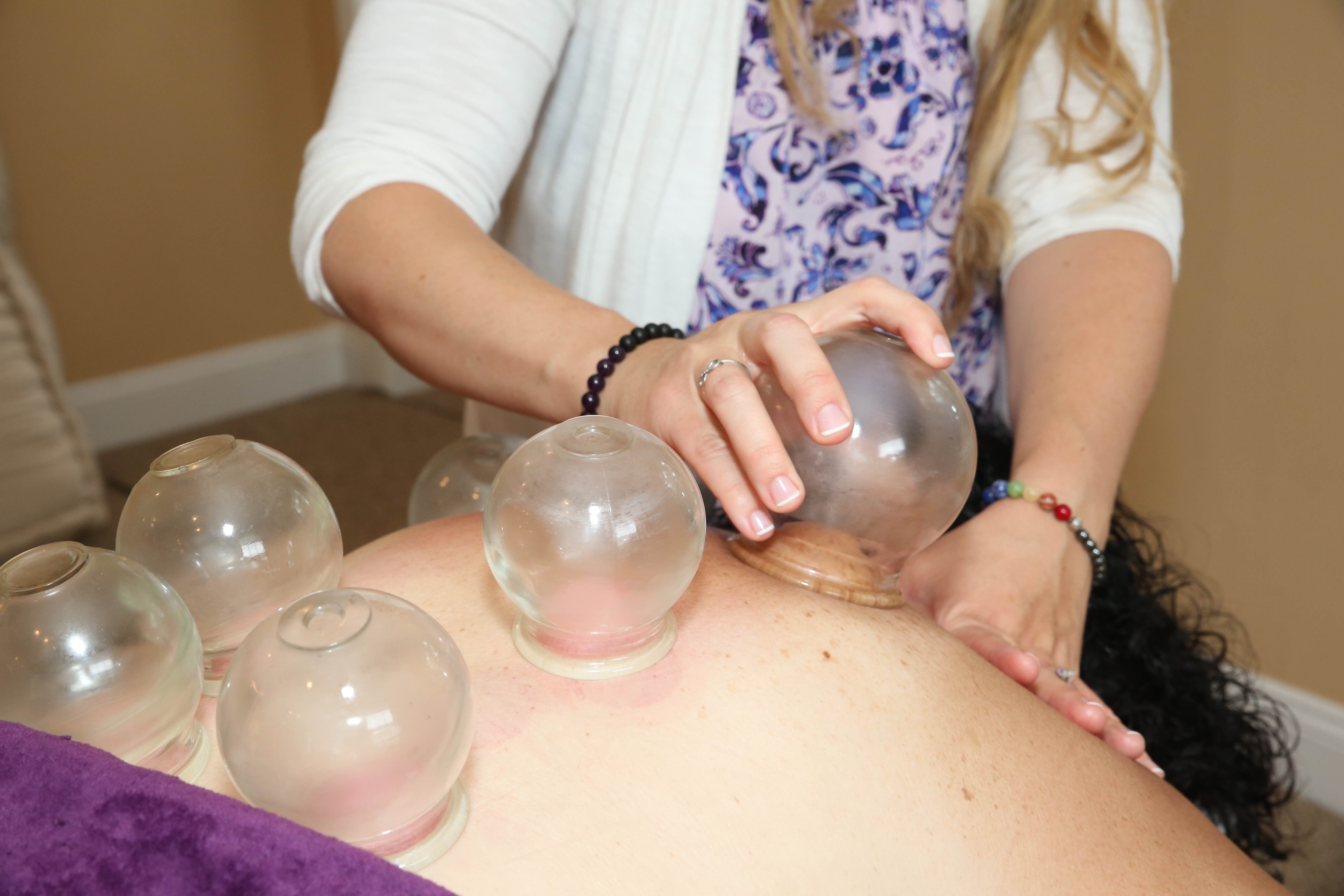
Slide Cupping treatments are 30 minutes
Tui Na massage treatments 30 minutes
Manual Therapy
this includes, cupping, Tui Na, and gua sha.
Cupping is a manual therapy that involves the use of glass cups. A vacuum is created using fire and cups are applied to the body to create a vacuum suction. This technique brings circulation to the area, reduces inflammation, helps facilitate lymph drainage, and can remove the lactic acid buildup that occurs in sore muscles after an injury or working out. It is also known to treat a cold or asthma by breaking up phlegm in the lungs. It may leave marks on the body, this is part of a detoxification process bringing any stagnation or injury to the surface to be released and accelerate healing. Various techniques of cupping can be applied including stationary or static cupping which is when the cup in placed on a certain acupuncture point or points and it stays put during the remainder of the session. Sliding cupping is a technique that can sometimes be compared to a backwards massage, where oil is applied to the skin and the cups are moved along an area, most commonly the back, but can be applied to various body parts to achieve a different effect. Wet cupping is when a lancet is used to puncture the skin and draw blood, and a cup is applied to create a suction to draw out and detoxify the blood. Cupping has become a more popular technique after many people have spotted the detoxifying circular marks from cupping on olympic athletes, including Michael Phelps.
Tui Na is a chinese form of massage. Tui Na is translated as, “to push and pull”. This form of massage follows the meridians, where a practitioner can perform techniques without oil and over the clothes of the patient. Tui Na is within the scope of an acupuncturist’s practice, and it uses massage techniques to mobilize the body’s structures and joints to achieve a therapeutic effect for a patient.
Gua Sha is a technique that involves a scraping of the skin in order to create a therapeutic effect. A spoon, or a shell, are traditionally used to create a “sha” or marking on the cutaneous level of the skin in order to release the muscles. After Gua Sha is performed, it is important for the patient to rest and recover. Getting gua sha done is compared to getting a work out, the same adrenaline and happy feeling may occur after this technique is performed.
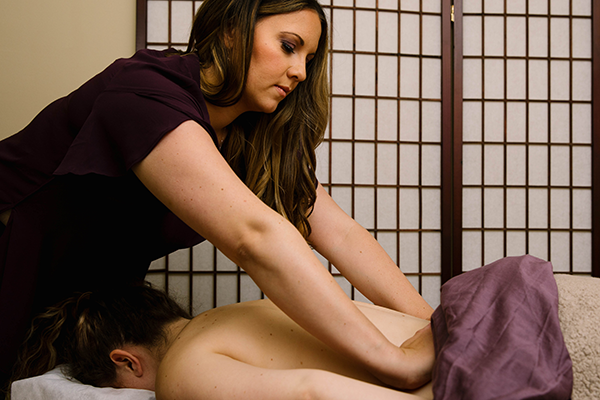
Therapeutic Massage 30 or 60 minutes
Therapeutic Massage Therapy
this includes Swedish, Amma, and Deep Tissue.
Therapeutic Massage is a type of Massage that is used to target specific areas of the body in order to achieve a therapeutic result. Massages are custom to the patient and can combine the techniques of Swedish massage, Amma , along with deep tissue. Massages are tailored to you depending on what is needed or requested
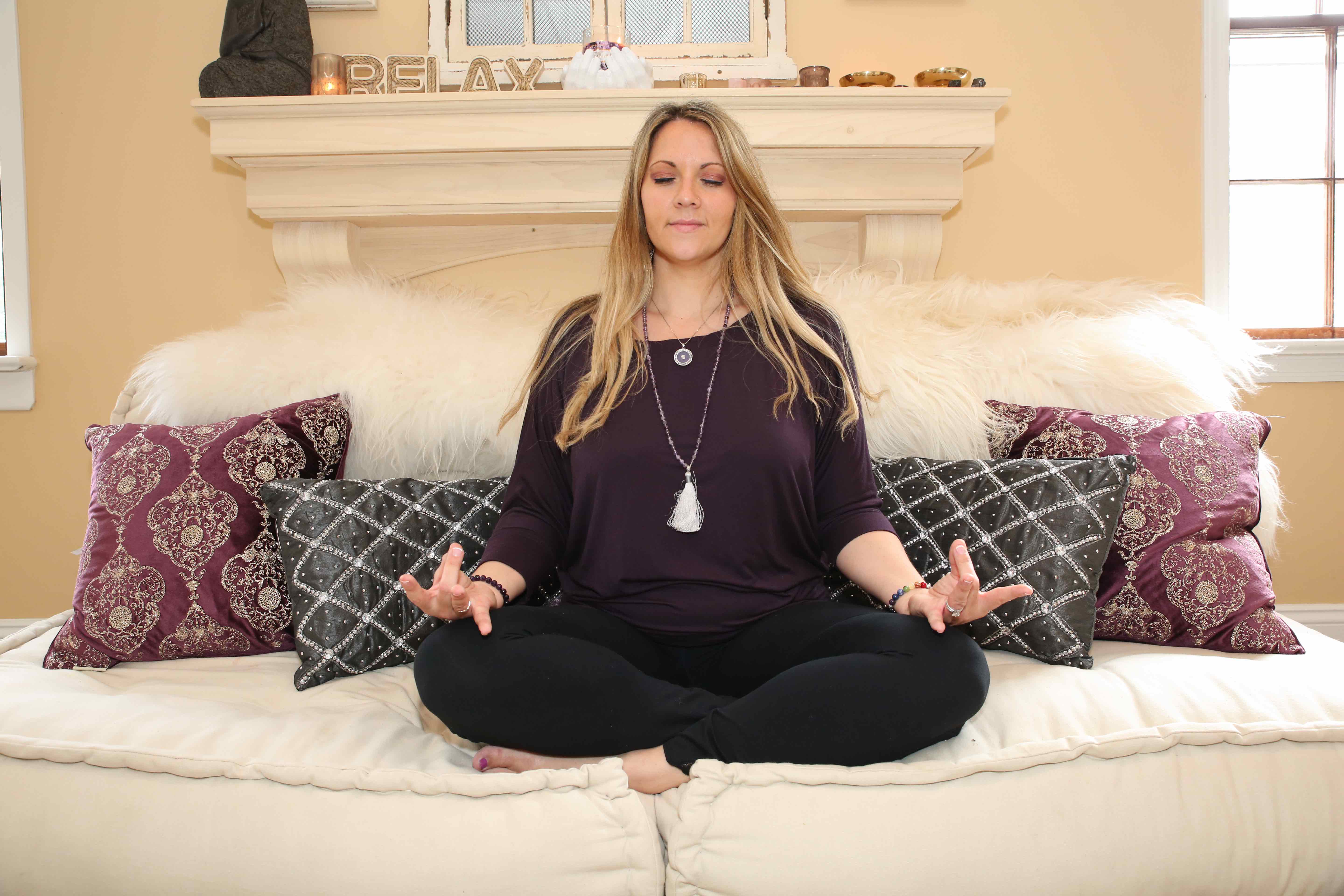
Therapeutic Exercises
this includes either Tai Chi or Qi gong
Qi gong is literally translated at ‘Qi Practice”. It is a set of therapeutic exercises, breathing techniques, stretches and meditations that can be shown to a patient during treatment, and/or prescribed as homework to further enhance treatment. Custom Qi gong techniques are based from the theories of 5 phases and yin/yang.
Tai Chi is very similar to Qigong, but is mostly used in a set form as a therapeutic exercise to be performed between sessions.
This Pillar category is the most esoteric of the pillars, but is crucial to the emotional aspect of healing. A practitioner may apply their knowledge of these techniques inadvertently to a patient during an acupuncture session, as the health of the practitioner can affect the patient’s treatment. A TCM practitioner remains strong with the self practice of these exercises.
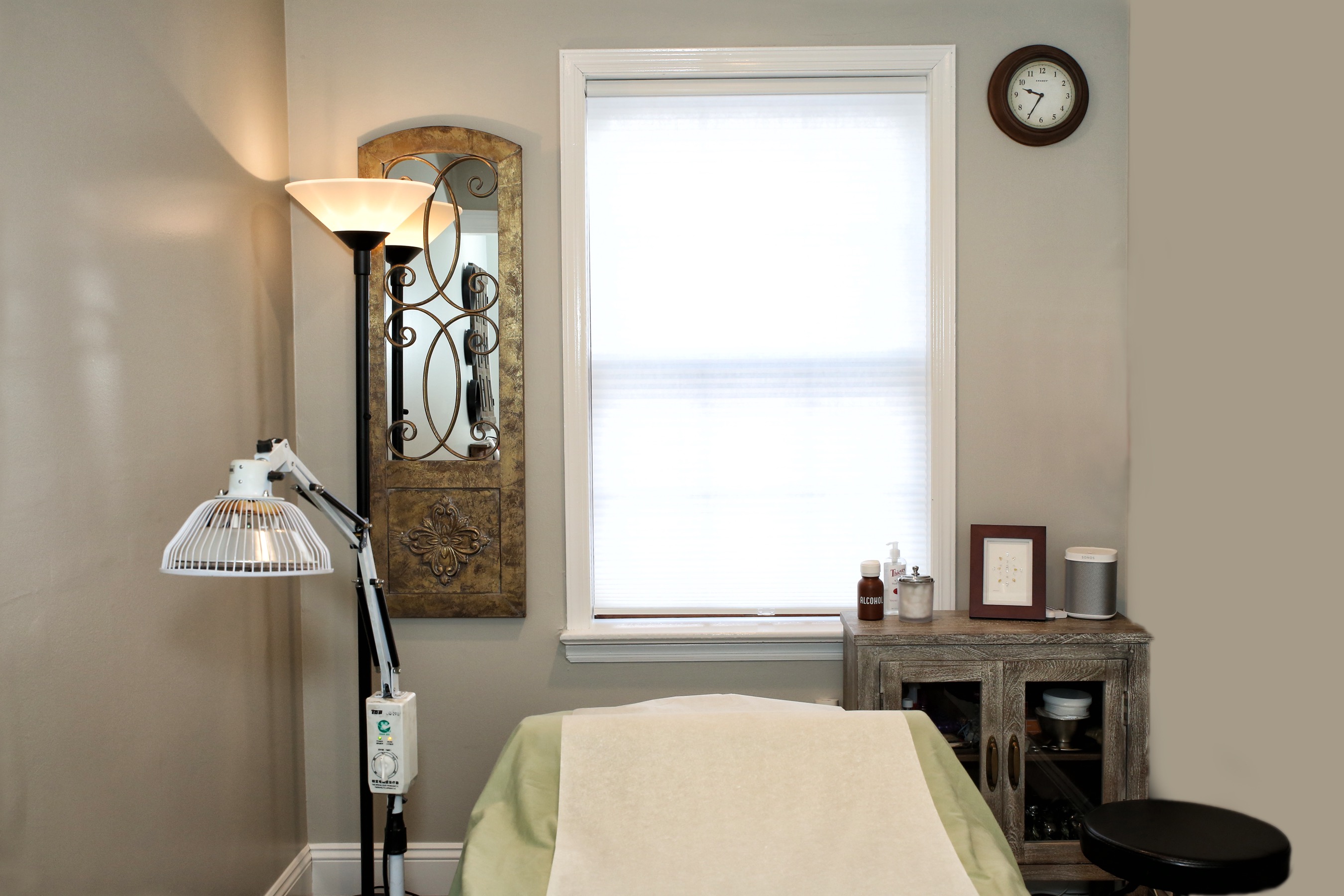
NET
stands for Neuro Emotional Technique. It is a system that helps to uncover emotional blockages that may be preventing you from fully healing physically or emotionally. NET helps to uncover the specific emotions behind those blockages, and helps the body and mind clear the emotions that have gotten stuck in the body. It is a system utilizing kinesiology, and the use of TCM pulse points.

Essential Oils
The use of medical grade essential oils can be used in your treatment upon request. Essential oils when in used in conjunction of an acupuncture treatment can increase the therapeutic effect of relaxation, relieving pain, and help to alleviate anxiety. Different oils can produce a different function in enhancing a treatment.
Kinesiology
Kinesiology is a form of medicine that applies the study of mechanics in body movement. The way that kinesiology is applied in NAET and NET is in the belief of the theory that every person has a positive and negative charge, just like electricity you are not able to see that charge, but we know it is there. When your body is exposed to something that negatively affects you, (whether it was inhaled, eaten, touched, smelt, or emotional) your body will go weak, and through kinesiology the Practitioner will be able to determine what substances or emotions negatively impacting the patient.
Qi Gong
Qi gong is literally translated at ‘Qi Practice”. It is a set of therapeutic exercises, breathing techniques, stretches and meditations that can be shown to a patient during treatment, and/or prescribed as homework to further enhance treatment. Custom Qi gong techniques are based from the theories of 5 phases and yin/yang.
TCM dietary Recommendations
TCM diet therapy consists of dietary recommendations that supplement treating a TCM diagnosed pattern. Flavors, colors and functions of food are determined based on the individual’s needs. It is up to the practitioner to identify the pattern and determine what kinds of food an individual should be eating to accelerate their healing process. There is no one way people shall eat because every person has a different body type, background, lifestyle and pattern. TCM Recommendations follow the theories relating to the 5 elements and yin/yang theory. Food is our fuel, and the choice of food we decide to put into our body determines whether we are on the road to sickness or to vital health.
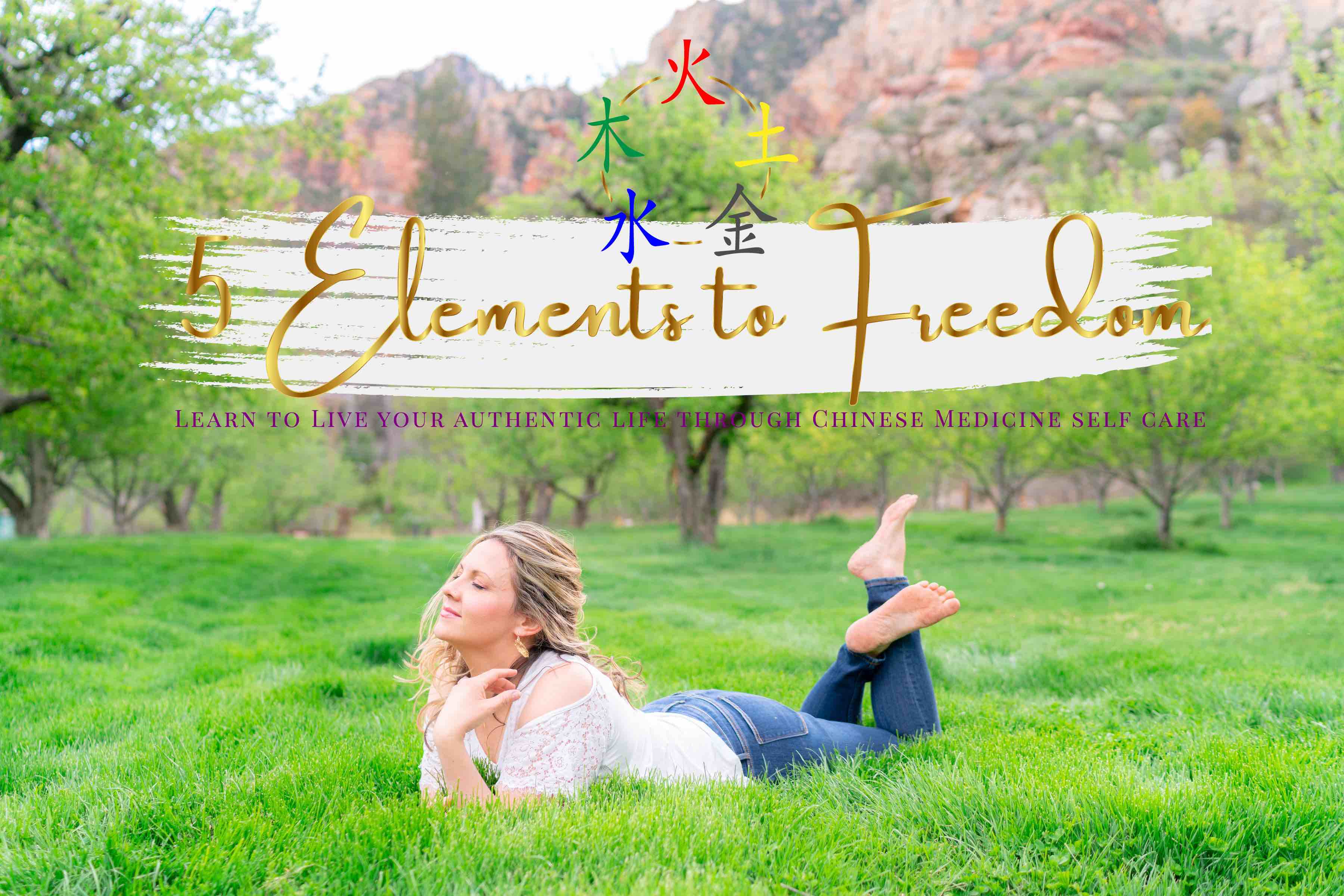
5 Elements to Freedom
Elizabeth Martin created the 5 Elements to Freedom digital course to help both men and women gain a deeper understanding of who they are, what their dream life looks like, and to give guidance on the actions one needs to take in order to live in Alignment with one’s passion and purpose by teaching them about Chinese medicine self care and meditation practices. Liz has learned, through her years of self-development courses, that success comes from within, and the further you heal yourself, the more impact you can make in the world.
Learn How We Can Help You
Schedule a FREE In-Person Session Today with one of our NYS Licensed Acupuncturists631-601-6491
Come in, Meet our friendly staff, and Enjoy a cup of herbal tea on us!
